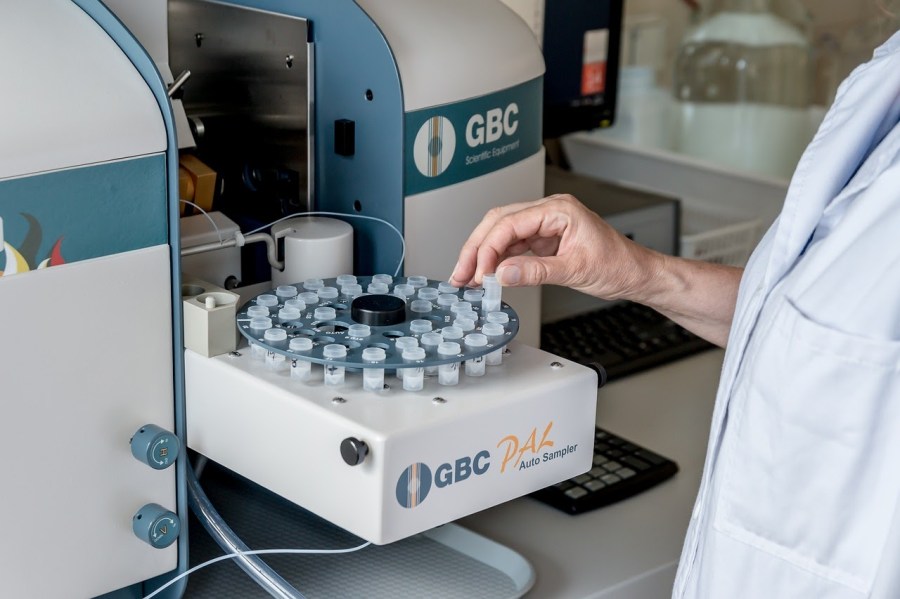What Does a High RDW Blood Test Result Mean?

Each year, when you go for your physical, your doctor will likely order several blood tests, one of which is called a complete blood count (CBC). This one test gives the doctor information about many different types of values, regarding everything from your cholesterol to your red blood cells (RBCs). A red cell distribution width (RDW) test is one of the parameters tested when you get a CBC test performed. Read on to learn about high and normal results and what each value means.
What Does an RDW Measure?
Unlike some other blood tests, the RDW does not measure your red blood cell count. Instead, it measures red blood cell variation and looks at their shape and size. The job of red blood cells is to carry oxygen from your lungs to the rest of your body. If there is anything out of the ordinary when it comes to red blood cell volume or shape, it may be indicative of a problem. RDW can be elevated for different reasons. You may have a high volume of RBCs that are small in diameter, or you may have a normal volume of RBCs that are large in diameter. Both cases may be cause for concern.
Does an Elevated RDW Indicate a Problem?
A high RDW does not necessarily indicate a problem. It is just but one marker in the CBC blood test. Your doctor will look at other parameters within the CBC to see if there might be an issue. If you receive an elevated RDW result, your healthcare provider will then look at your hemoglobin (hgb) and
mean corpuscular value (MCV). If these values are also irregular, he or she may send you for further bloodwork and testing.
What Are High RDW Results?
The normal range for RDW is anywhere from 12.2 to 16.1 percent red cell distribution in female adults and 11.8 to 14.5 percent in male adults. Remember that these percentages are measuring both volume and size. Anything above these general ranges could be considered an elevated result. Anything below these general ranges could be considered a low result, but a low value of RDW is not associated with any blood or health problems.
Why Is the RDW Test Performed?
An RDW test is usually performed
as part of a CBC, which is commonly taken each year at a patient’s physical. However, there are times when a physician will order an RDW test by itself (often with a hemoglobin or MCV test). If you have a history of a blood disorder, such as sickle cell anemia, are suffering from dizziness or confusion, have an illness such as HIV or AIDS, or have recent blood loss from trauma, your doctor may order an RDW test. There is no special preparation for the test, but it’s likely you will have to fast for 12 or more hours prior to the test.
What Health Conditions Is High RDW Associated With?
A high RDW alone isn’t cause for concern. Your doctor will look at other values taken when you had your CBC performed. However, in most cases, RDW is associated with a vitamin deficiency. The three most common culprits are deficiencies in either iron, folate, or vitamin B12, all of which can be altered with dietary changes or by taking supplements. Other conditions high RDW is associated with are cancer, heart disease, liver disease, anemia, diabetes, and thalassemias, which are inherited blood disorders.
What Should I Do After My RDW Results?
If your results are within normal ranges, you don’t need to do anything other than schedule your next follow-up appointment for your next physical. If your results are high, your doctor will then assess for the reasoning behind the high value. If you have anemia or other condition, you may need treatment to help get oxygen flowing better through the body. If you’re suffering from a vitamin deficiency, your doctor is likely to recommend
supplements or dietary changes. Do not start taking supplements without first consulting with your doctor.





